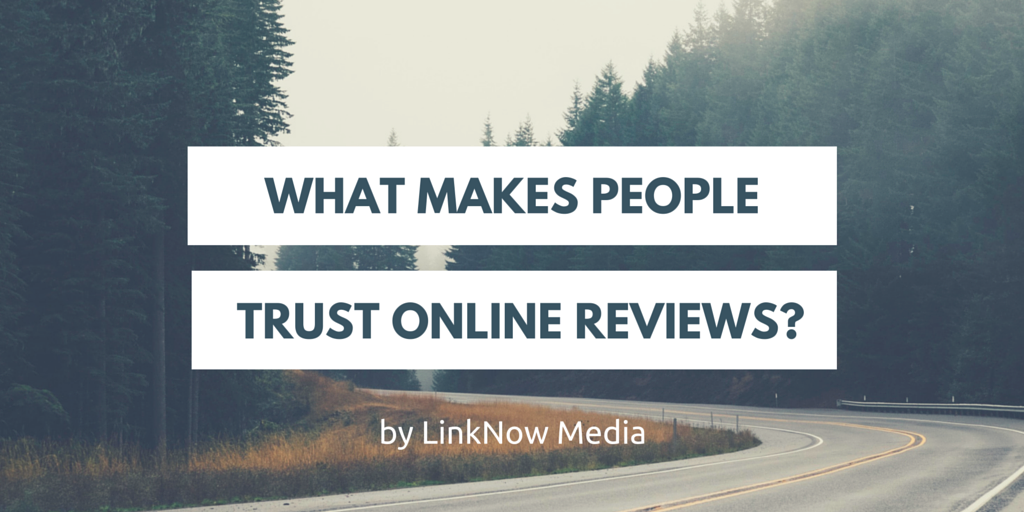 Customer reviews and feedback are crucial to your business. They reflect what your customers like and don’t like, what your businesses strengths and weaknesses are, and they give you invaluable insight into ways you can you can improve your services. Moreover, customer reviews build your business’s credibility and improve your online presence. If this information isn’t enough to convince you about the importance of customer reviews, perhaps this will: according to a recent survey done with 1000 consumers, 67% indicated they trust online reviews. So how exactly do you obtain customer reviews? Here are a few fool-proof methods you can try.
Customer reviews and feedback are crucial to your business. They reflect what your customers like and don’t like, what your businesses strengths and weaknesses are, and they give you invaluable insight into ways you can you can improve your services. Moreover, customer reviews build your business’s credibility and improve your online presence. If this information isn’t enough to convince you about the importance of customer reviews, perhaps this will: according to a recent survey done with 1000 consumers, 67% indicated they trust online reviews. So how exactly do you obtain customer reviews? Here are a few fool-proof methods you can try.
1. Request feedback
People don’t leave reviews just because. Reviews usually come about for two reasons: either the customer had a truly exceptional or horrible experience or more importantly, you asked him or her for their feedback. Seems straight forward enough, but you would be surprised how many companies are lacking in reviews simply because they don’t ask.
You can ask for feedback in several ways, including: sending feedback surveys after a purchase or customer service request, adding a call to action to your website, or sending out an email to your existing customer base. If you’re interested in more in-depth feedback, you can also host a focus group for your customers or conduct interviews via phone, Skype, or in-person. Adjust your request strategy depending on what kind of feedback you are trying to obtain.
2. Choose your words wisely
Considering that you are already asking your customers to take time off their busy schedule to basically advocate for your goods or services, be mindful of their precious time and be very clear about what you’re asking them for. Communicate exactly what you need from them, and formulate your questions as clearly and concisely as possible.
3. Incentivize
While you can’t offer these incentives for review platforms like Yelp, you can definitely do so on your own company’s website. Some incentives you can offer include discounts, sales, or special offers. Understanding what your customers want will help you come up with what would be the most engaging incentive.
4. Sign up
While you may not be able to incentivize Yelp and Google reviewers, it’s still very useful to sign up with these popular review websites because (1) it increases your visibility online and (2) review websites do all the work for you – they contact your customers, encourage them to leave feedback, and even help handle negative reviews. Especially if you feel too busy with day-to-day business operations to collect and manage reviews on your own, leaving it to the specialists can be quite appealing.
5. Utilize social media
At the end of the day, it doesn’t matter how much you ask, incentivize, or practically beg, some customers will never find the time to write a lengthy review. But that’s okay! You can always encourage them to Tweet about their experience, share a picture about what they bought on Instagram, or even share a quick blurb with friends on Facebook. The other great thing about driving people to your social media pages is that many of these platforms are now providing a “buy” button, giving online consumers the opportunity to engage in online shopping right on your social media profiles. This makes it especially important to include links to your social media pages everywhere: emails, business cards, receipts, etc.
6. Personalize
If you want to encourage a customer to leave a review, make sure that customer knows how much you appreciate him or her. A great way to reassure your customer that he or she is not just a statistic to you is by making their experience personalized to them. Figure out their likes, their dislikes, their purchasing history, etc. That way, when you get ready to engage with or incentivize them, you will know exactly what pleases them most and have the best change of motivating them enough to leave great feedback.
Conclusion
If you’re providing an exceptional service, customers will be happy to leave a review when asked politely, so don’t be shy! It’s not only okay to ask for feedback, customers truly appreciate their voices and opinions being requested and heard. Just make sure you’re making them feel as appreciated as they are and not just a ploy to get a few stars.



